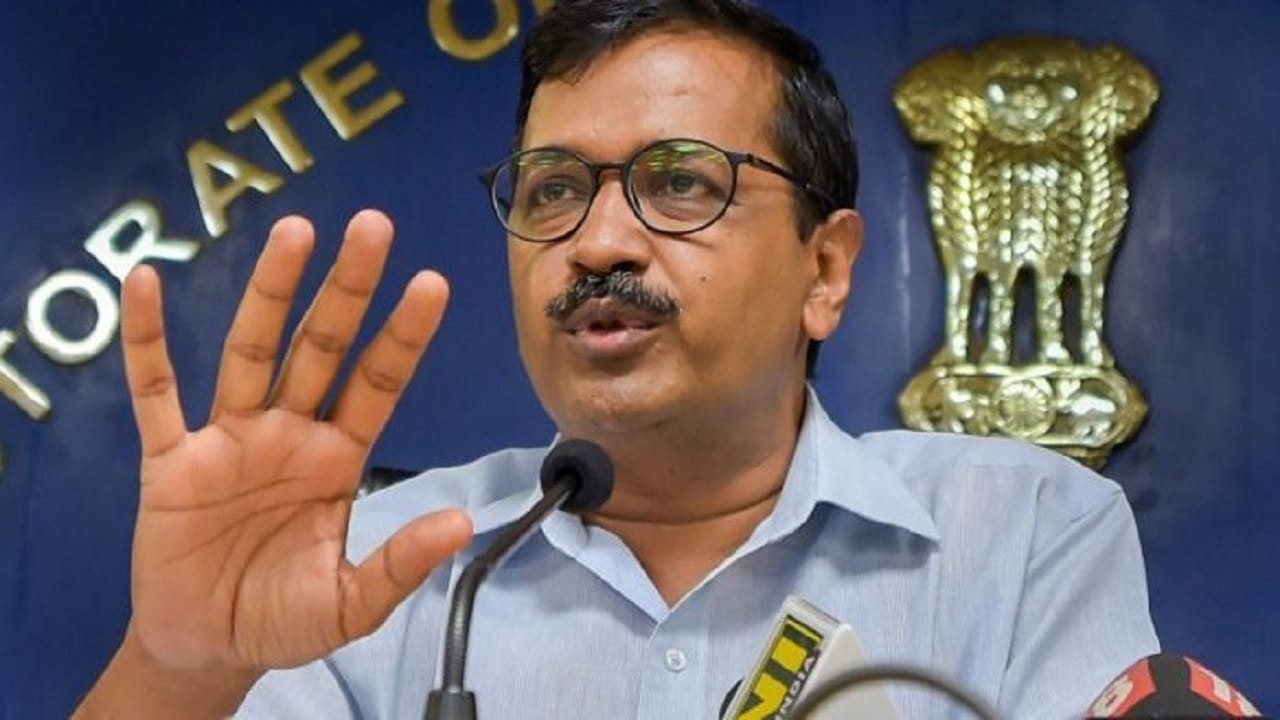In the time of the raucous Shaheen Bagh, Jamia and Jawaharlal Nehru University agitations, the Election Commission on 8 February conducted free, fair and peaceful polling in the National Capital. But Chief Minister Arvind Kejriwal and his senior colleagues in Aam Aadmi Party are not impressed. They have created an air of suspicion and accused the EC of a conspiracy.
In recent times, the EC has been a favourite punching bag of those who have fared poorly at the polls. It is ironic that the party seemingly confident of a huge victory is targetting the EC and insinuating that after voting at 13,750 booths in 70 Assembly constituencies, senior poll officials and other staff were rigging the process against AAP.
The AAP, making an accusation without any evidence, charged that the EC is compromised and deliberately delayed announcing the final voting percentage.
Absolutely shocking. What is EC doing? Why are they not releasing poll turnout figures, several hours after polling? https://t.co/ko1m5YqlSx
— Arvind Kejriwal (@ArvindKejriwal) February 9, 2020
Anyone who follows elections in India knows that immediately after polling ends, the EC releases a provisional poll percentage with the rider that it will be updated in due course. The revised figure is always higher. Which is what happened in Delhi. The AAP has been ruling Delhi for years and has contested several elections. They know the process as well as anyone.
The AAP had, for long, been raising bogey of tampering with Electronic Voting Machines (EVMs) and even held a special session of the Delhi Assembly using a dummy EVM and changed its motherboard to claim EVMs could be tampered with. The whole thing was so flimsy that it found no takers beyond a small, supportive political circle. It also never took up the open challenge thrown by the EC.
Kejriwal’s “absolute shock” and his close confidante Sanjay Singh’s barbs at the Election Commission “kuchh pak raha hai…daal me kala hai…khel chal raha hai” were obviously designed to convey a message.
Let’s first consider what the charges mean and if it is possible for the EC in this social media age to indulge in foul play.
The figures can’t be tampered by tweaking the numbers online because the system is not internet based. To fudge the polling percentage for instance — increasing it from 55 percent to 65 percent for instance — the EC officials would have to physically put in that many votes. How could that be done when there is a multi-layered protocol?
Each step has to be done in the presence of booth-level officials and representatives of candidates and political parties. EVMs, when polls begin and after they close, are signed and sealed. The seals can’t be broken as they are checked at the time of counting.
The process rules out planting of new EVMs in the strong room. If one has to rig the elections by inflating poll percentage, then fake or compromised EVMs will have to planted in most of the 70 Assembly segments.
Going by that hypothetical (an impossible situation), a lot of people within the command structure of EC, polling staff, agents of all candidates, parties and security personnel at from voting booths to those on mobile duty to the strong room have to be compromised.
So why are Kejriwal and the AAP making this charge?
Kejriwal is a smart leader. He knows that there have been instances, for example the 2011 Uttar Pradesh Assembly elections, when most exit polls predicted a hung Assembly tilted towards Akhilesh Yadav’s Samajwadi Party-Congress combine and low numbers for the BJP. But the when results came, the BJP won by a four-fifth majority.
The same thing occurred in the 2014 parliamentary polls. Recently, pollsters got it wrong in Haryana. No one predicted that Congress could improve its numbers in such a big way.
By making these charges against the EC, Kejriwal may be inoculating himself and his party in case the results are not in sync with the exit polls.


